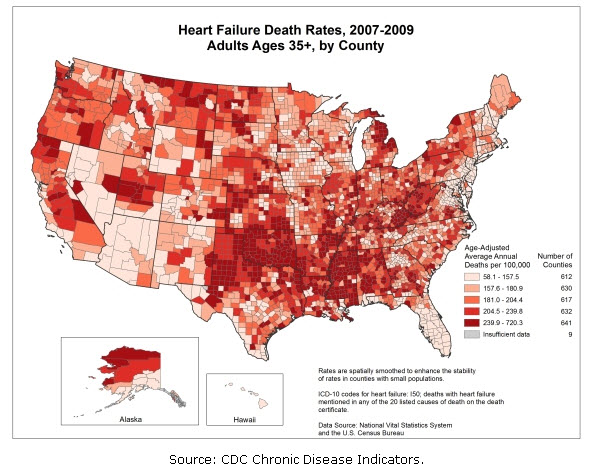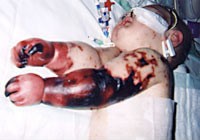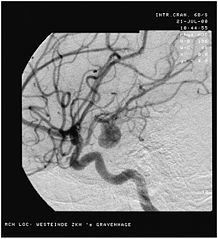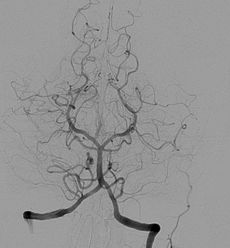Prostate Cancer: researchers from Yeshiva University (Bronx, NY) find that nerves play a key role in the development and spread of the cancer
Prostate cancer is is the second most common cancer among men. Delay to treat or failure to diagnose prostate cancer may have fatal consequences but so far it has been difficult for doctors to diagnose how aggressive prostate cancer is. Additionally the role played by the nerves around the tumor was never well understood.
A new study led by by stem-cell expert Paul Frenette, M.D., professor of medicine and of cell biology and director of the Ruth L. and David S. Gottesman Institute for Stem Cell and Regenerative Medicine Research at Albert Einstein College of Medicine of Yeshiva University, Bronx, New York demonstrates that nerves commonly found around cancerous tumors play an important role in the development and spread of the tumor.
This innovative study opens the door to new ways to prevent and treat prostate cancer.
 New York Personal Injury Attorneys Blog
New York Personal Injury Attorneys Blog




 In order to prevent
In order to prevent  Angiography alone doesn’t detect Ischemia and may lead to
Angiography alone doesn’t detect Ischemia and may lead to 